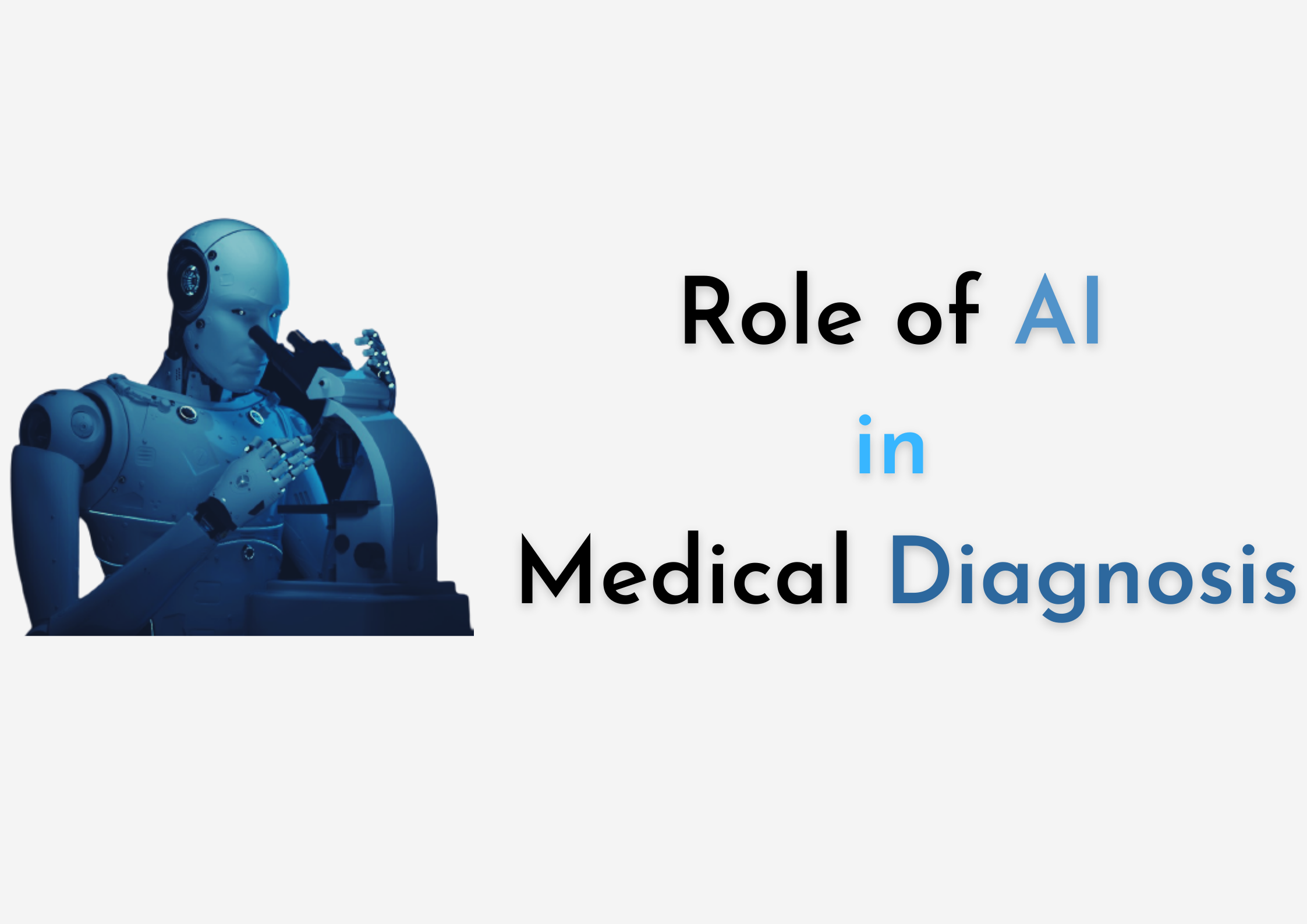
AI’s Breakthrough in Medical Diagnosis: Detecting Diseases Earlier than HumansAI’s Breakthrough in Medical Diagnosis: Detecting Diseases Earlier than Humans In the rapidly evolving field of healthcare, artificial intelligence (AI) is making significant strides, particularly in the realm of medical diagnosis. AI-powered systems are demonstrating remarkable abilities in detecting diseases earlier than human doctors, providing patients with a crucial head start in their treatment journey. Machine Learning Algorithms and Big Data AI algorithms, fueled by vast amounts of medical data, leverage machine learning techniques to learn patterns and identify anomalies in patient records. These algorithms can analyze complex patient data, including medical history, lab results, imaging scans, and genetic information, to detect subtle indicators of disease that may be missed by the human eye. Early Detection and Prevention The earlier a disease is detected, the better the chances of successful treatment. By harnessing AI’s capabilities, doctors can identify diseases at earlier stages, even before symptoms appear. This enables timely interventions, such as lifestyle changes, medication, or preventive therapies, that can potentially prevent or slow the progression of the disease. Examples of AI-Based Diagnosis AI systems have shown promising results in detecting a wide range of diseases, including: * Cancer: AI algorithms can analyze medical images, such as CT scans and MRI, to identify tumors and determine their characteristics. * Heart disease: AI can predict the risk of cardiovascular events by analyzing patient data like blood pressure, cholesterol levels, and lifestyle factors. * Neurological disorders: AI systems can identify patterns in brain imaging and patient behavior that can indicate early signs of dementia or Parkinson’s disease. Collaborative Approach It’s important to note that AI is not intended to replace human doctors but rather to augment their abilities and provide a more comprehensive analysis. AI systems can flag potential cases that require further investigation by a physician, allowing doctors to focus their attention on complex or critical diagnoses. Challenges and Future Directions While AI’s potential in medical diagnosis is undeniable, there are challenges to overcome. These include ensuring data privacy, addressing biases in data sets, and fostering collaboration between AI developers and healthcare professionals. As research and development continue, we can expect AI-powered diagnostic systems to become even more sophisticated and accurate. Future advancements may include personalized diagnostics tailored to individual patients, predictive models to forecast disease risks, and the development of AI-driven decision support tools to guide patient management. Conclusion AI’s breakthrough in medical diagnosis is transforming healthcare by providing earlier detection of diseases. By analyzing vast amounts of medical data with machine learning algorithms, AI systems can identify subtle indicators of disease that may be missed by human doctors. This early detection enables timely interventions and potentially improves patient outcomes. While challenges remain, AI’s continued advancements promise to revolutionize the way we diagnose and treat diseases, ultimately leading to better health outcomes for all.
Posted inNews